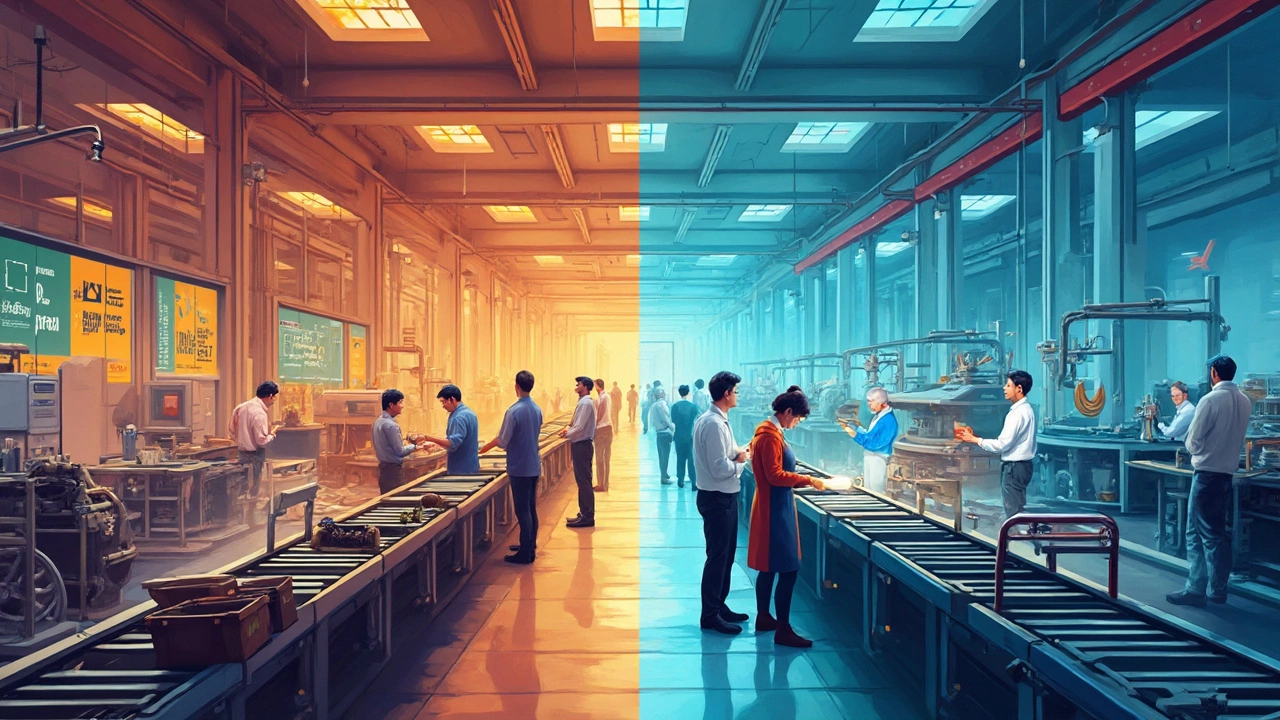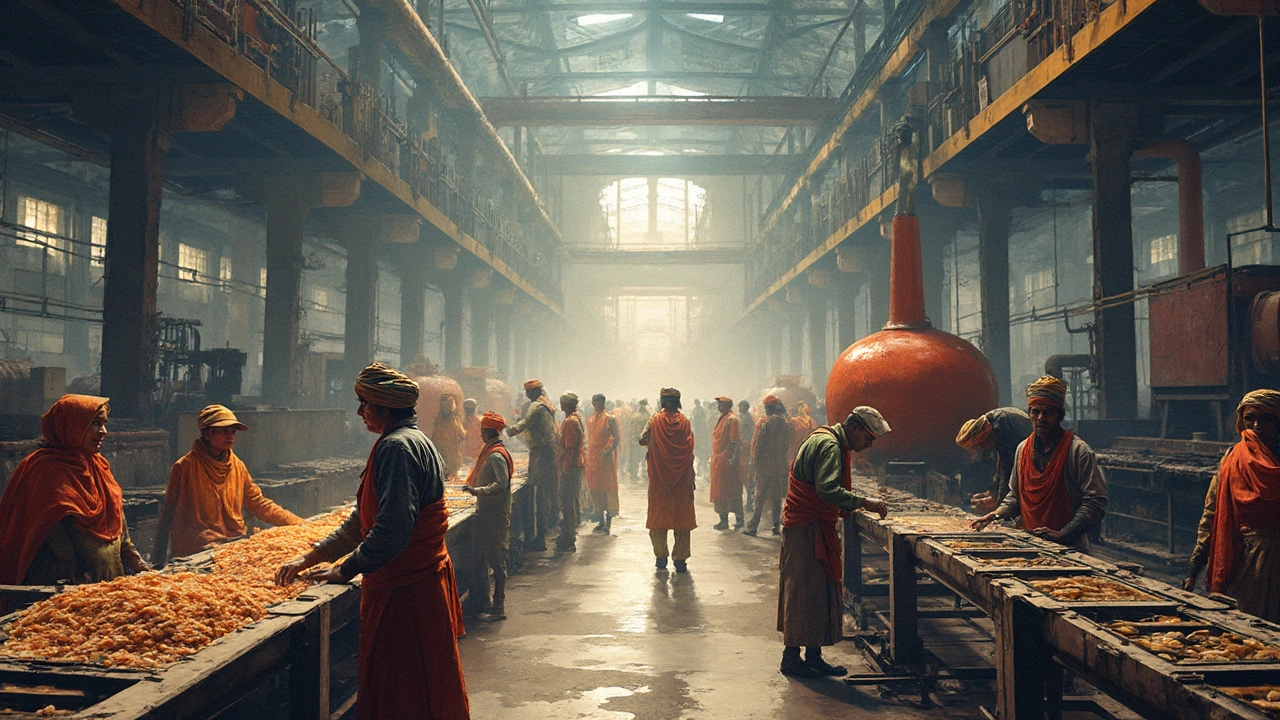Process Manufacturing
When working with process manufacturing, the systematic conversion of raw materials into finished goods using defined steps, equipment, and controls. Also known as manufacturing process, it underpins virtually every product sector from chemicals to consumer goods. This approach process manufacturing encompasses unit process, a single operation that changes material from one state to another, relies on mass production, high‑volume, repeatable methods that drive efficiency, and is shaped by small scale industry, compact operations that often adopt flexible process designs. Together these elements form the backbone of modern manufacturing.
Key Concepts in Process Manufacturing
Understanding unit processes is the first step. Each unit process—mixing, heating, cooling, or shaping—has its own parameters, energy needs, and quality checks. When you string several unit processes together, you create a full production line that can be optimized for speed, waste reduction, or product quality.
Mass production adds another layer. It standardizes those unit steps, invests in automation, and uses statistical process control to keep every item within tight tolerances. This is why aerospace parts, automotive components, and packaged foods can all be made in huge volumes without losing consistency.
On the other hand, small scale industry brings agility. A micro‑factory might only run a handful of unit processes, but it can switch recipes overnight to meet niche market demands. This flexibility often leads to quicker innovation cycles, especially in sectors like specialty chemicals or custom furniture.
All three play out across the articles you’ll find below. Some dive deep into how unit processes are engineered, others compare mass‑production strategies across continents, and a few showcase successful small‑scale ventures that turned local ideas into profitable operations. Keep reading to see real‑world examples, data‑driven insights, and practical tips you can apply to your own manufacturing challenges.

